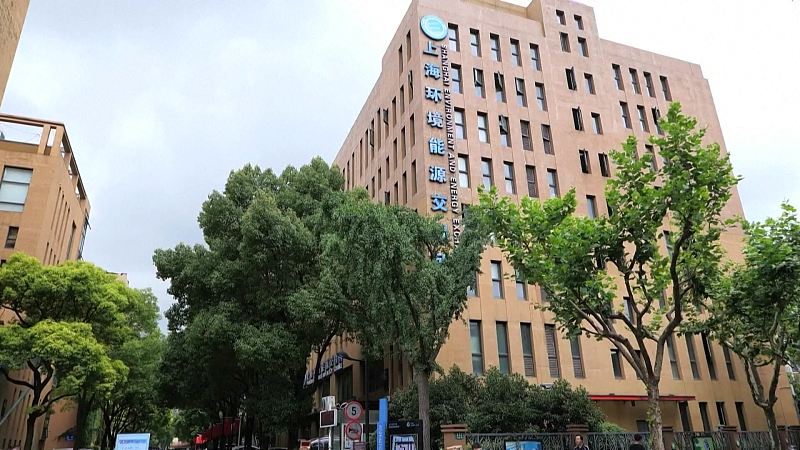Carbon trading shows worth at anniversary


Nation will promote the expansion of market step by step, senior official says
China has seen over 194 million metric tons of carbon emission allowances change hands for almost 8.5 billion yuan ($1.3 billion) since the launch of its carbon trading market a year ago, according to authorities.
The program has played a significant role in enhancing low-carbon development awareness among major emitters, as the country forges ahead with its ambitious climate targets, experts said.
Although it only covers the power generation sector now, the initiative of putting a price on carbon emissions has boosted the development of carbon-related services in industries beyond, paving the way for the market's expansion, they said.
Carbon trading is the process of buying and selling permits to emit greenhouse gases among designated emitters.
It began on July 16 last year, and now includes nationally 2,162 power-generating enterprises, covering about 4.5 billion tons of carbon dioxide emissions. That's already the world's largest amount of greenhouse gas emissions covered.
The program imposes carbon emission limits for every unit of electricity a power plant generates. After each cycle of trading, operators can sell any carbon allowances they have left over after complying with the benchmark. If they fall short, they will have to buy allowances.
Over the past year, the carbon market has generally run smoothly, with a slight increase in trading prices, Zhao Yingmin, vice-minister of ecology and environment, said in Shanghai on Saturday at the China International Carbon Trading Conference. The carbon price opened at 48 yuan per metric ton on the first day of trading and was recently around 60 yuan per ton.
Stressing the importance of the market in helping China honor its pledge of peaking carbon dioxide emissions before 2030 and realizing carbon neutrality before 2060, Zhao said China will promote the expansion of the market step by step, adhering to the general principle of pursuing progress while ensuring stability.
From 2021 to 2025, the national carbon market will cover another seven industries with high energy consumption-iron and steel, construction materials, nonferrous metals, petrochemicals, chemicals, paper manufacturing and aviation-according to the ministry.
"The biggest impact of the national carbon market lies in improving the awareness of carbon neutrality among enterprises with high emissions and their managers," said Meng Bingzhan, deputy general manager of SinoCarbon Innovation& Investment.
By putting a price on carbon emissions, the market encourages more action from enterprises to reduce their emissions and even consider profiting from reducing emissions-by selling leftover allowances-in their low-carbon development, he said.
Wu Wenzhang, general manager of Steelhome, an online business information platform for the steel industry, said China's carbon goals will cause a reshuffling of the industry. "In the future, steel enterprises that achieve ultralow emissions and environmentally friendly production will have broader space for development," he said.
Shen Yizhu, CEO of Xoeytech, a carbon-related service provider in the construction industry, said that although that industry has not yet been included in the national carbon market, leading enterprises in the real estate industry and its supply chain have shown an increasing demand for low-carbon solutions over the past year.
According to corporate information provider Tianyancha, more than 9,800 enterprises are providing carbon-related services in China, and over 1,800 of them were established in the past year. More 800 such enterprises have been set up so far this year, up 19.4 percent year-on-year.
However, Li Gao, director for climate change at the Ministry of Ecology and Environment, said that China still has a long way to go to improve its national carbon trading program.
The program has preliminarily proven its value in motivating enterprises to reduce emissions at lower cost, he said in a celebration in Wuhan, Hubei province, on Friday for the anniversary of the market's launch.
But China needs to make further efforts to improve the support systems for the program, get the market to better play its role in its operation and enhance the quality of carbon emission data, he said.
Xinhua contributed to this story.
- 'Book of Songs' from Chinese imperial tomb proves oldest complete copy ever found
- Exhibition highlighting the 'Two Airlines Incident' opens in Tianjin
- Average life expectancy in Beijing rises to 83.93 years
- Energy drink overdose sends delivery worker to hospital
- GBA and Hainan deepening cooperation to boost innovation and sustainable growth
- Beijing mulls including the costs of embryo freezing and preservation in medical insurance





































